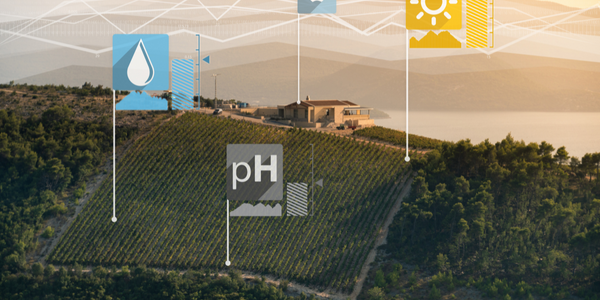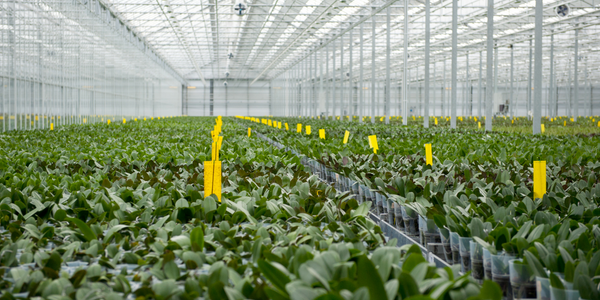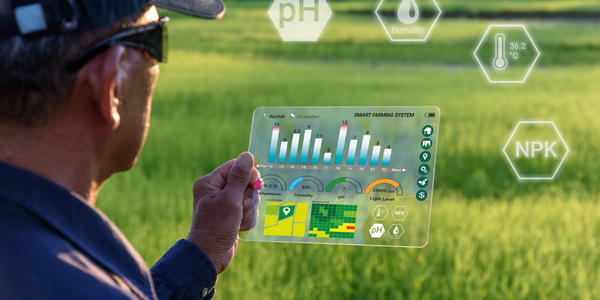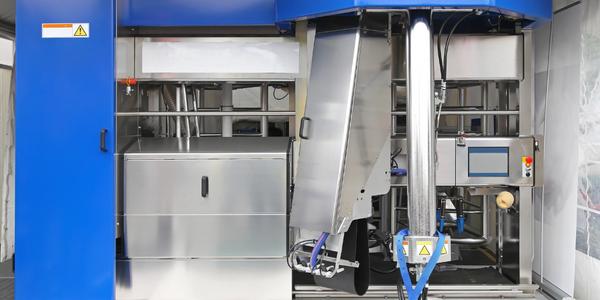Customer Company Size
Large Corporate
Region
- Africa
Country
- South Africa
Product
- IsoMetrix Enterprise Risk Management
- IsoMetrix Compliance
- IsoMetrix Environment, Health and Safety
- IsoMetrix Internal Audit
Tech Stack
- Risk Management Software
- Compliance Software
- Health and Safety Software
- Internal Audit Software
Implementation Scale
- Enterprise-wide Deployment
Technology Category
- Functional Applications - Enterprise Resource Planning Systems (ERP)
Applicable Industries
- Agriculture
Services
- System Integration
- Software Design & Engineering Services
About The Customer
Senwes is one of the leading agricultural companies in South Africa, with clients symbolising the heart of the company. The Senwes Group of companies is supported by three pillars - Input Supply, Financial and Technical Services and Market Access in eight of the nine provinces. The Senwes Group has an integrated business model to facilitate its core objective of making a meaningful contribution to food security in South Africa in a sustainable manner. The company has a rich and proud history which extends over a period of 108 years. Senwes monitors a risk register of around 260 identified risks within 22 risk categories throughout the Group. The group’s residual risk exposure range from USD 21 million with a very low risk tolerance level to around USD 42.5 million in catastrophic drought events.
The Challenge
Senwes, a leading agricultural company in South Africa, needed to implement Integrated Management Systems for Health, Safety, Environment and Compliance (HSEC), Enterprise Risk Management (ERM), Internal Compliance and Internal Audit. The ERM system was built to accommodate Senwes’s quantitative approach to assessing risk. Senwes monitors a risk register of around 260 identified risks within 22 risk categories throughout the Group. The group’s residual risk exposure range from USD 21 million with a very low risk tolerance level to around USD 42.5 million in catastrophic drought events. Senwes previously calculated their quantitative risks using spreadsheet-based systems that were not able to provide real-time information. They needed to replace these spreadsheets with a centralized, electronic system that would provide real-time risk assessment information.
The Solution
Senwes chose IsoMetrix to implement a real-time quantitative risk assessment solution. IsoMetrix provides a fully functional governance, risk and compliance (GRC) suite. This is in line with the internal objective with regards to Combined Assurance reporting. IsoMetrix also provided Senwes with a fully tailor-made solution implemented according to their selected preferences. The IsoMetrix software now allows Senwes to have real-time dashboards reflecting quantitative risks across the business for HSEC, Enterprise Risk Management and Internal Compliance. The IsoMetrix solutions needed to integrate with various third-party data sources containing Key Risk Indicators used to calculate risks. These are imported periodically into the risk management module that was configured to Senwes’s specific requirements.
Operational Impact
Quantitative Benefit

Case Study missing?
Start adding your own!
Register with your work email and create a new case study profile for your business.
Related Case Studies.

Case Study
Intelligent Farming with ThingWorx Analytics
Z Farms was facing three challenges: costly irrigation systems with water as a limited resource, narrow optimal ranges of soil moisture for growth with difficult maintenance and farm operators could not simply turn on irrigation systems like a faucet.

Case Study
Greenhouse Intelligent Monitoring and Control Solution
Farming Orchids is the most successful form of precision farming in Taiwan, and also the most exported flower. Orchids need a specific temperature and humidity conditions to grow and bloom, and its flowering time may not be in line with market demands, so the price collapses when there is overproduction. Therefore, some farmers began to import automated greenhouse control systems for breeding and forcing, which not only improves quality, but also effectively controls the production period and yield to ensure revenue. In 2012, an orchid farmer built a Forcing Greenhouse of about 200 pings (approximately 661 Square Meters) in Tainan, Taiwan. The system integrator adopted Advantech’s APAX-5000 series programmable automation controllers to build the control platform, coupled with Advantech WebAccess HMI/SCADA software, to achieve cloud monitoring. The staff of the orchid field can monitor important data anytime via smart phone, iPad, and other handheld devices, and control the growth and flowering conditions. System requirements: In the past, most environmental control systems of orchid greenhouses in Taiwan used PLCs (Programmable Logic Controller) with poorscalability and control, and could not be connected to the Internet formonitoring from the cloud. For advanced database analysis and networking capability, the PC platform must be adopted. Therefore, PAC Systems (Programmable Automation Controller) with both PLC programming capabilities andPC functions is a better choice.The environmental control of the Orchid greenhouse switches on and off devices like fan, shade net, cooling/heat pump, liquid flow control, water-cooling wall etc. It is controlled by a control panel of electric controllers, and is driven by a motor, to adjust the greenhouse temperature, humidity, and other environmental conditions to the set parameters.

Case Study
Precision beekeeping with wireless temperature monitoring
Honeybees are insects of large economic value and provide a vital service to agriculture by pollinating a variety of crops. In addition, bees provide us with valuable products such as honey, beeswax, propolis, bee venom, etc. Monitoring of honeybee colony health, population, productivity, and environmental conditions affecting the colony health have always been exceedingly difficult tasks in apiculture. Research has shown that even small deviations (by more than 2°C) from the optimal temperatures have a significant influence on the development of the brood and the health of adult bees.

Case Study
Enabling Internet of Things Innovation in Agriculture
DigiBale, wanted to apply technology know-how and IP from implementations successfully to more agriculture sectors including cotton, forestry, sugarcane and cattle. However, farmers and growers still have worries about the connected technology.









